|
This original article by Joanne Verikios was first published in Equestrian Country Magazine, Issue 3, Spring 2017 as "Have Clipboard Will Travel - What Happens On Tour!" (All photographs courtesy of Eric Lloyd Photography) You may have heard of the annual Assessment Tours which feature on the calendars of several of Australia's Warmblood breed associations and societies. In its simplest form, a Tour is a benchmarking opportunity which is relevant for Warmblood owners, riders, potential buyers and especially for breeders. As Warmblood breeding has matured in Australia, the breed administrators here have sought to provide a similar service to the European Keurings and other well-regulated events like Mare Grading, Foal Branding, and Regional Foal Shows. Faced with the huge challenges of distance and diversity of facilities posed by this country, however, they have wisely decided to take the judges to the horses, rather than the other way around. Perhaps the simplest analogy is that a Tour is a bit like a huge breed show, except the judges do the travelling instead of the exhibitors. To make the benchmarking valid both nationally and internationally, well-respected Europeans are often invited to officiate as assessors in addition to local judges who have the necessary skills and experience. Importantly for the Australian Warmblood scene, Tours can also allow breed societies to benchmark their senior local classifiers against some of the most respected international judges in the industry. So what skills and experience do you need to make a good Tour judge, one who will score every horse impartially, consistently, independently and transparently without discriminating on grounds of ownership, breeding, registration, height, colour or age? First of all, you must love horses, because you are going to be looking at horses all day long for around three weeks! Good health and stamina are essential because you will spend hours in cars, planes and even on ferries as you work to a tight schedule. That you will have a keen interest in international horse sport, Warmblood breeding history and bloodlines goes without saying. You must also be observant, have a great eye for a horse and be able to describe what you see in accurate but tactful feedback to owners and spectators. A good horse is a good horse, no matter where in the world you find it, irrespective of who owns or shows it. The Assessors’ job is to evaluate each horse on the day and to mark accordingly, which means utilising the full spectrum of marks available. In other words, if a horse deserves to score a 10 (excellent), it should be awarded a 10. For exhibitors, a Warmblood Assessment Tour allows you to present your horse for review by an expert and receive feedback about conformation, movement, rideability and breeding compatibility. The benefits are both immediate with respect to the particular horse at that point of its development, including its suitability for sport and showing; and long-term with regard to the direction of your future breeding decisions. “Thanks so much for a very pleasant morning. Great to get the opportunity to show my horses to somebody that will give their honest opinion.” Lotte Reib, WA. In my opinion, a Tour has five main aims:
“I was thrilled with the experience. Excellent feedback from some very knowledgeable and friendly judges. Great outing for my young horse.” Kirrilly Thompson, SA. A huge amount of work, both behind the scenes and on the ground, is required to make a Tour happen and the Federal and State committees and members of the organisations that run Tours are to be commended and thanked. Apart from organising judges' attendance, travel and accommodation and Tour venues, there is the program to set up, the entries to process, the scores to publish and the prizes to distribute. In return, there is a chance to learn about horsemanship, conformation, bloodlines, judging, event management, administration, fund raising, public relations, diplomacy, record keeping, budgeting and accounting! Tours generally offer both led and ridden classes. Led class entrants are presented in hand at the walk and trot, then turned loose in the arena to show off their free movement at the walk, trot and canter (with the occasional crowd-pleasing buck and gallop!). Ridden classes are designed to demonstrate a horse's paces and rideability at the walk, trot and canter. All entries are assessed according to the same ideal criteria, with the marks and comments recorded on a score sheet, the original of which is given to the owner. Many owners use the score sheets and the judges' written comments as marketing tools. Tours are open to all horses with the appropriate registration, irrespective of the experience of their owners or how big or small their breeding operation may be. Venues range from large commercial properties with indoor arenas to private facilities of various sizes - wherever enough entrants can get together to qualify for a "stud stop". The expertise of the assessors is leveraged both in the form of immediate, individual feedback on each horse around the country, as well as in the form of educational seminars at the larger venues. This provides access to valuable information about conformation, movement and breeding considerations using live examples and with the opportunity for questions and discussion. “Very valuable feedback and tool for breeders.” Alice Cameron, NSW. It is evident that a growing number of Australian-bred horses are unquestionably of international standard. Since it is just over 40 years since the first Warmblood arrived in this country, Australian breeders can be proud to have produced a modern population of attractive and rideable Australian Warmbloods in a relatively short time. The majority of horses seen on Tour can be described as “modern sport horse types”, meaning strong but refined, long-legged horses with a rectangular frame suited to the Olympic disciplines of dressage, showjumping and eventing. Some horses of the older-fashioned, heavy type are still seen and that is a good thing because outcrosses of this type are required from time to time to maintain bone and substance. The primary role of the various Warmblood breed associations is - or should be - to support breeders to produce a sound, saleable horse with the temperament, size and paces that will allow it to provide enjoyment to the majority of riders over a long working life. This is done through classification as a prerequisite for entry into the Studbook. Such horses are more commercially viable because the level of demand for them is significant and consistent. They will tend to find good homes because they appeal to a wide range of people and most are not beyond the abilities of average riders. While Warmbloods have traditionally been purpose-bred for the sports of dressage, showjumping and eventing, their popularity is growing as hacks and show hunters. At the end of the day, Assessment Tours provide a wonderful mechanism for public reward and recognition of the breeding programs that are trending in the direction that the respective associations believe the breed should go. Joanne Verikios served as Judge, Assessor and Classifier on the 2014, 2015 and 2017 AWHA National Championships and Assessment Tours, having been involved with the Association for more than 30 years as a classifier, trainer of classifiers, judge, breeder and former Federal Registrar, Publicity Officer and President.
All photos in this article were taken by the talented Eric and Jessie Lloyd, a father-daughter team based in Western Australia. Eric and Jessie love photography, animals and nature. They aim to provide you with quality images of your favourite equine or pet. For more information, visit www.EricLloydPhotography.com Comments are closed.
|
From a very early age I have been able to tune in to what horses and ponies were thinking and what they were likely to do next.
Archives
September 2020
Categories
All
|

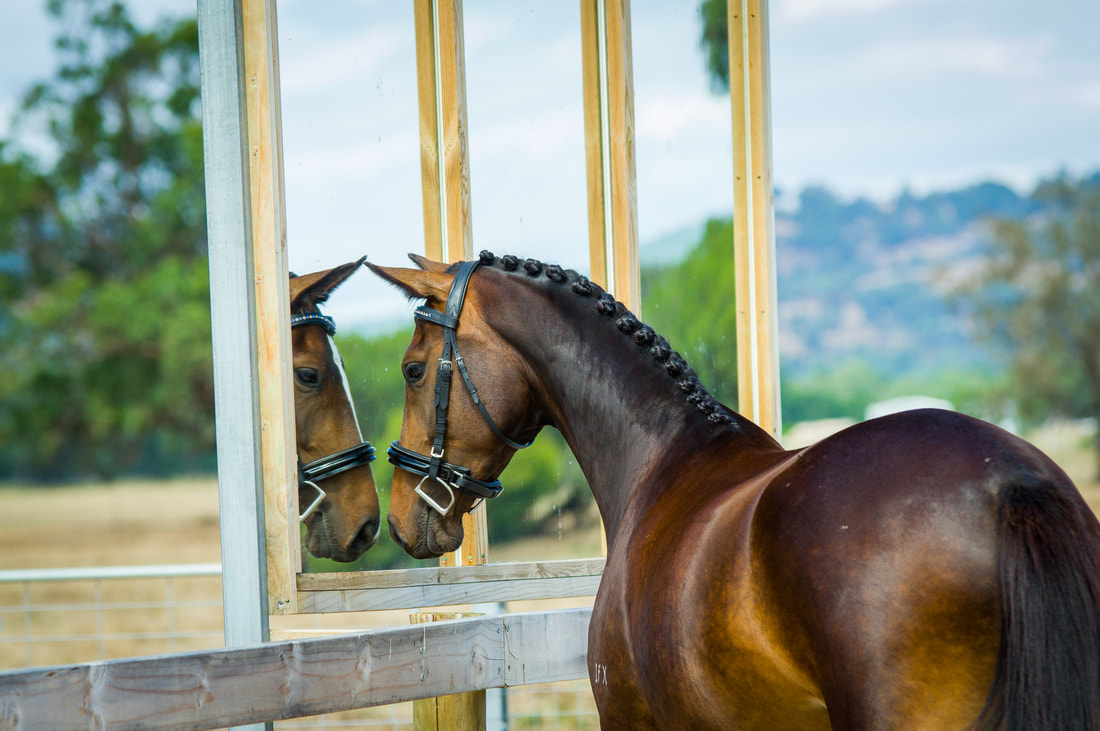
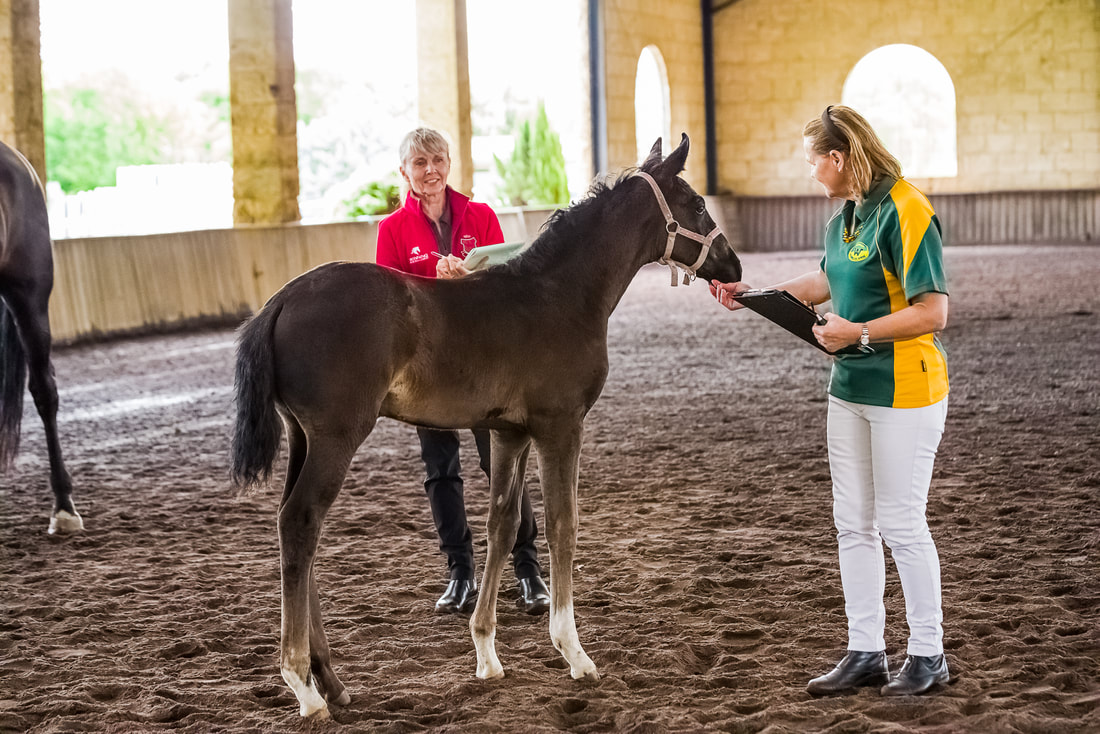
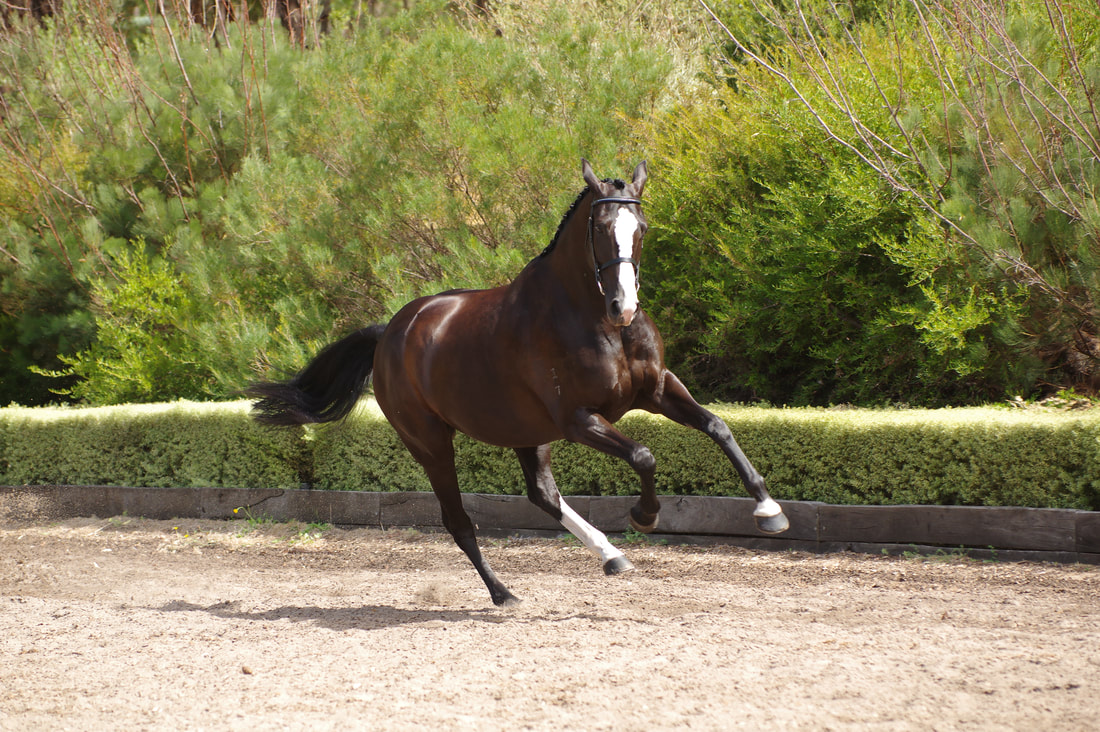
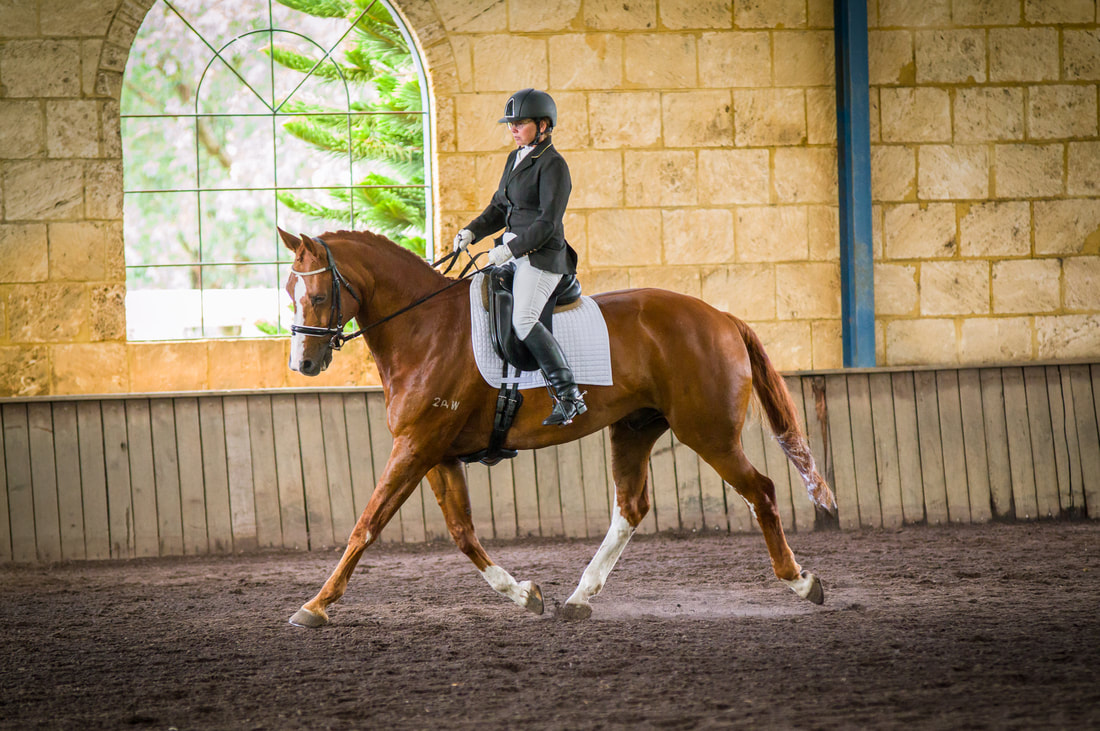
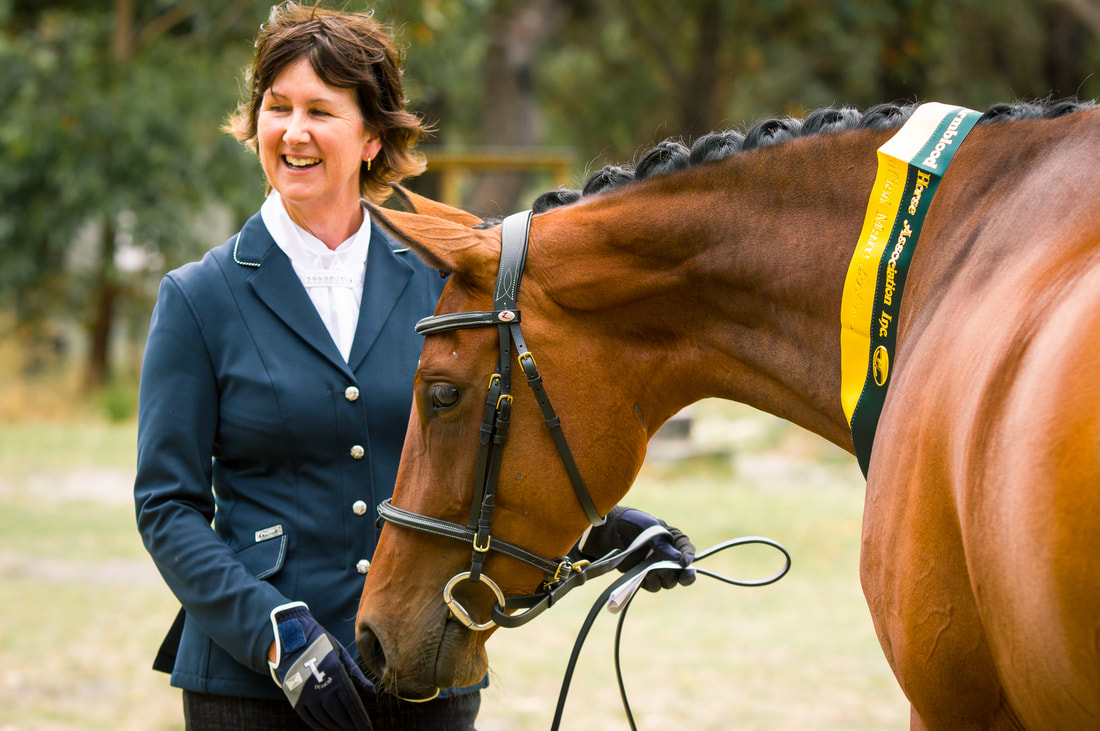
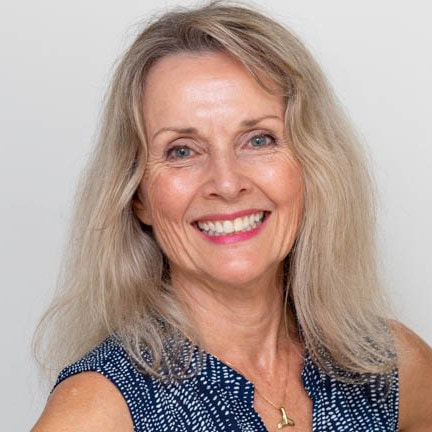
 RSS Feed
RSS Feed